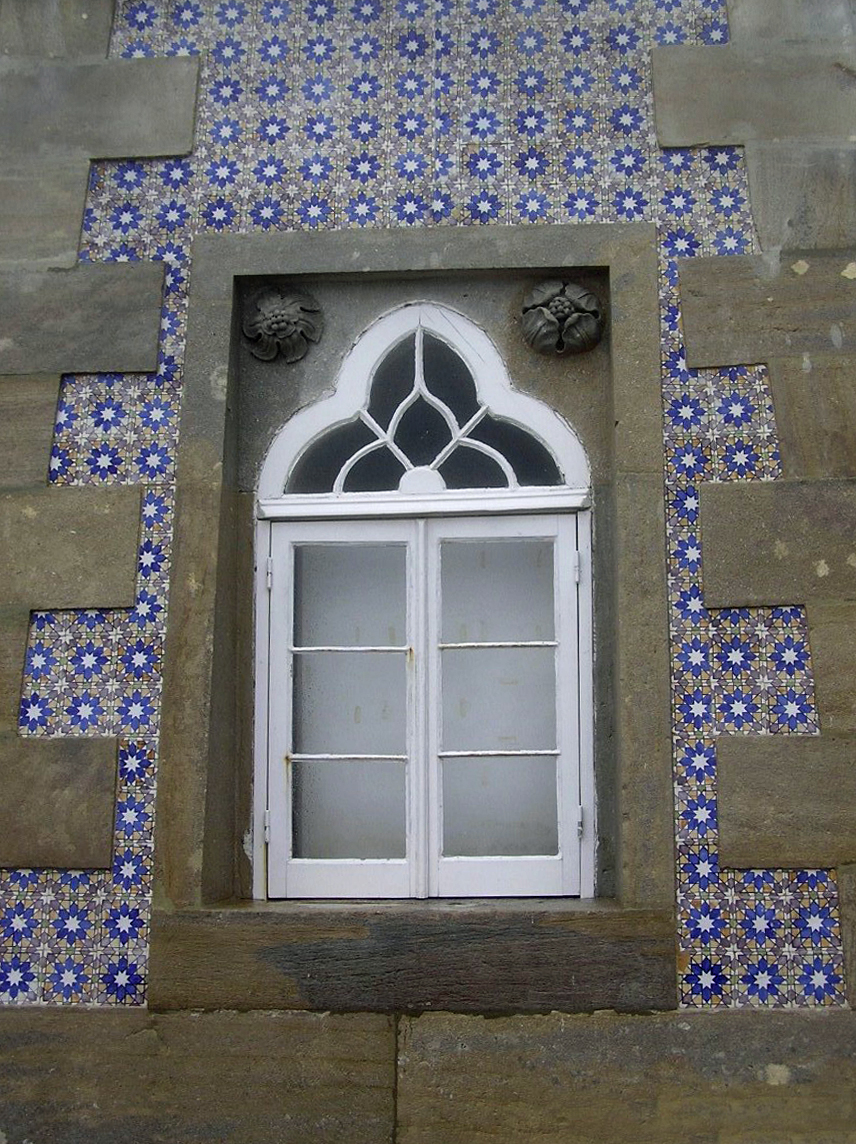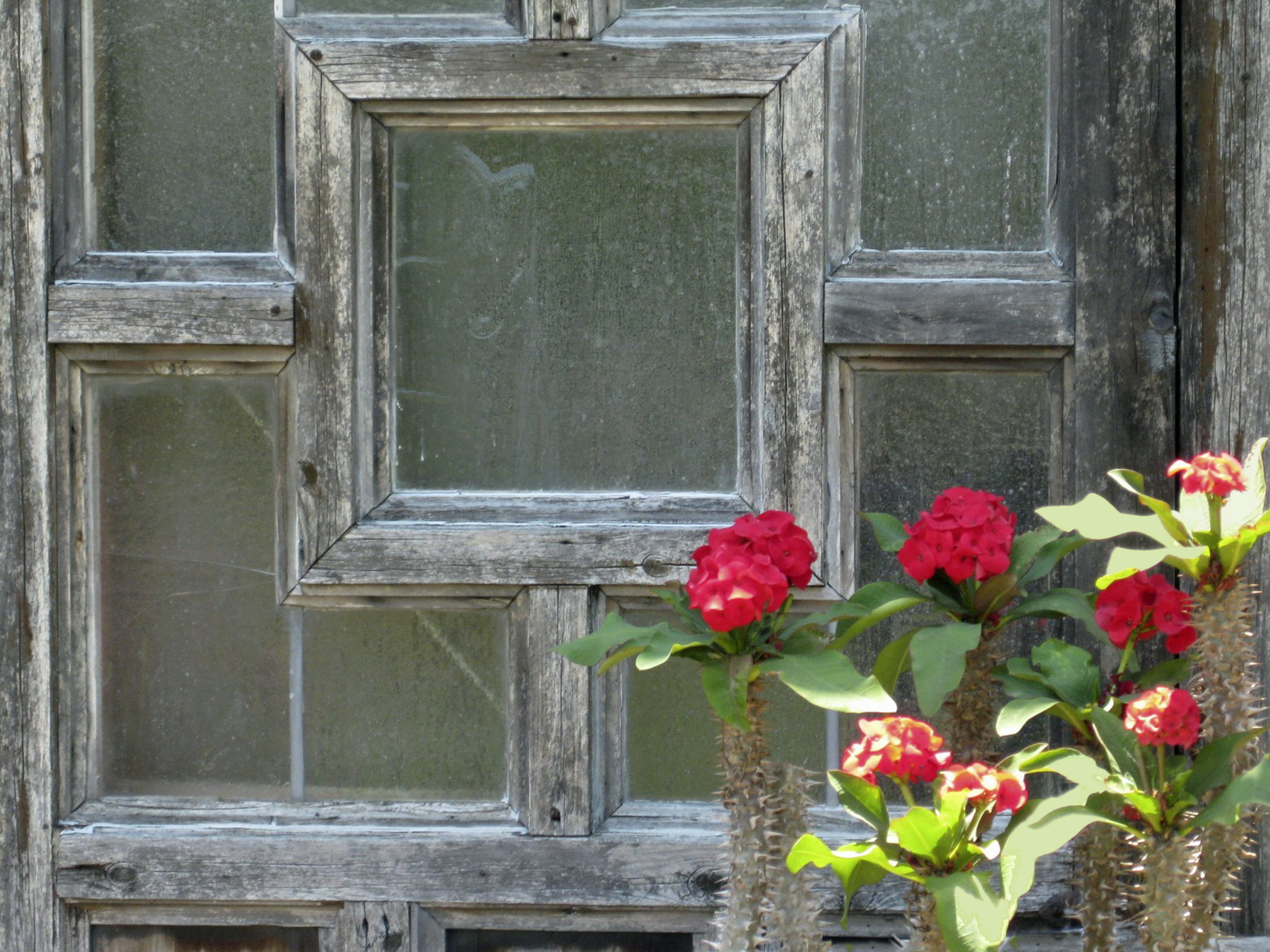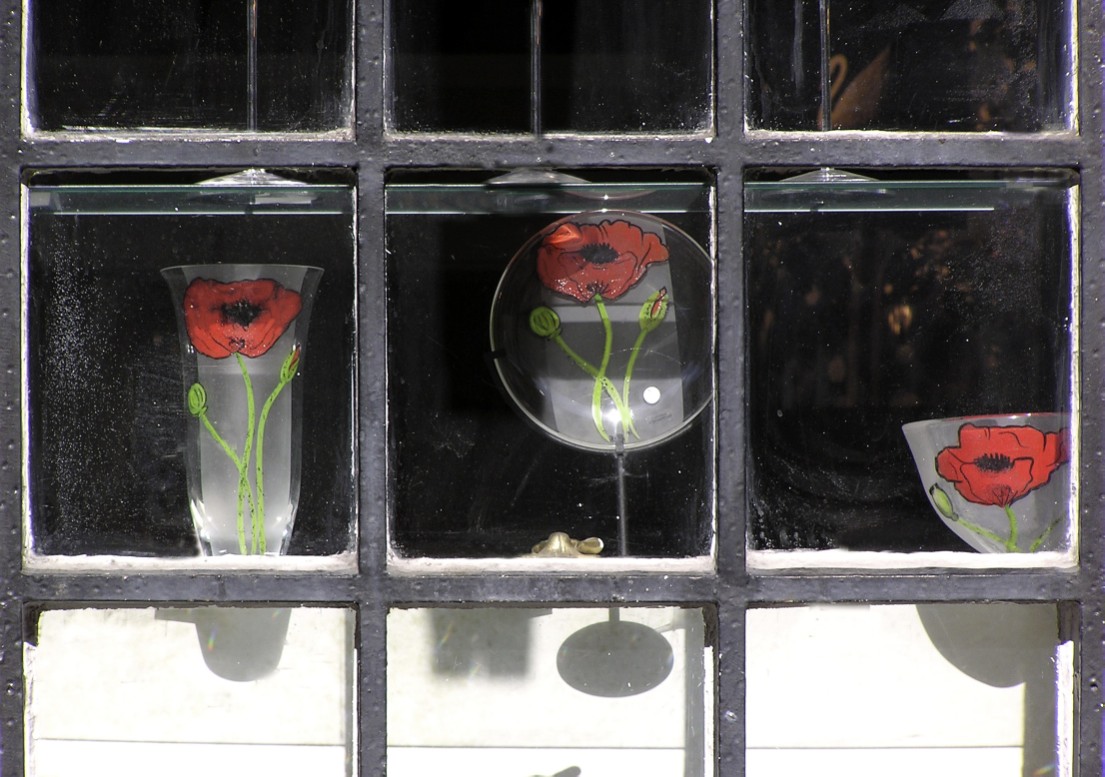
Thus, the original Johari model would predict that Sheila is more likely to be blind to some aspects of herself when she discloses (Quad Three) to Kevin. The movement is primarily from Quad Four (Unknown/Potential) to Quad Two (because of expansion of Quad One). This suggests that Sheila’s appreciative disclosure impacts on Kevin’s image of her—though she might not be aware of this impact (Sheila’s Quad Two). Aspects of Kevin’s perceptions of Sheila are “blind” to Sheila. Kevin may begin to more fully realize his potential to learn about financial management as a result of Sheila’s appreciation (even without Sheila’s full recognition that she has helped him realize this potential). This “opaque” strength (see Chapter Two—Window of Strength) that Sheila possesses (her ability to appreciate and encourage another person’s potential) is not yet known by her (movement from Quad Four to Quad Two), but will become known (Quad Two to Quad One) if Kevin provides her with feedback regarding her impact on him.
Luft is ultimately optimistic in offering his highly interactive Johari Window. This optimism, in turn, provokes some interesting questions. Are Quad Four potentials inevitably liberated with the expansion of Quad One? Does feedback inevitably diminish the size of Quad Two and increase the size of Quad One? Does disclosure inevitably diminish the size of Quad Three and increase the size of Quad One?
Luft also suggests that our Quad One will be larger in relation to some people and smaller in relation to other people. However, Luft believes that some of us tend to be relatively more open with most people than are the rest of us. He describes this as the “modal” degree of openness and suggests that this “modal” stance interacts with shifts that occur as a relationship matures:
For each person, the open quadrant, Q1, varies in size within a definite range and around a modal area. For most occasions the modal area characterizes how open he is even though he may behave differently with different persons or with the same person at different times. Compare early and later states of friendship. Or note the large difference in a new group between early and later stages in the development of the group.








